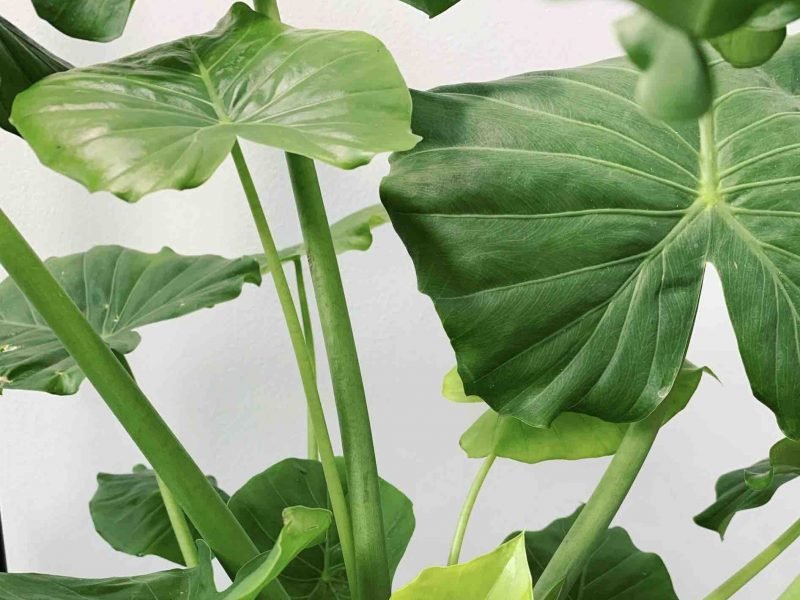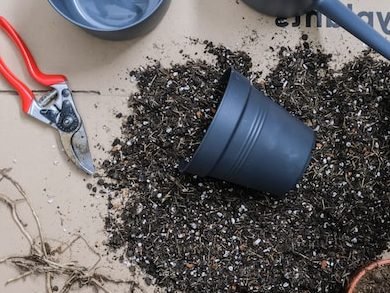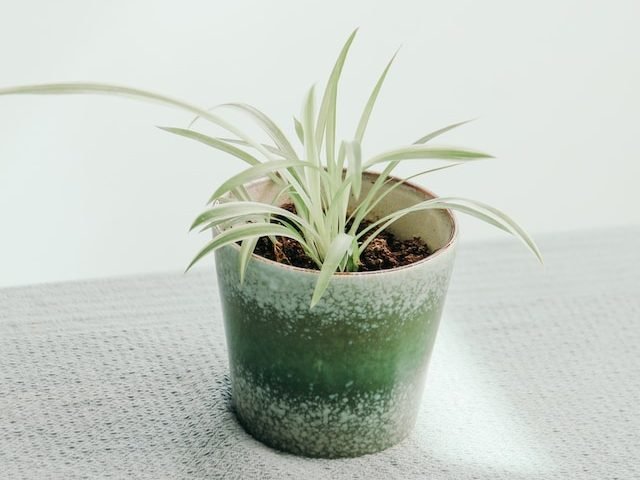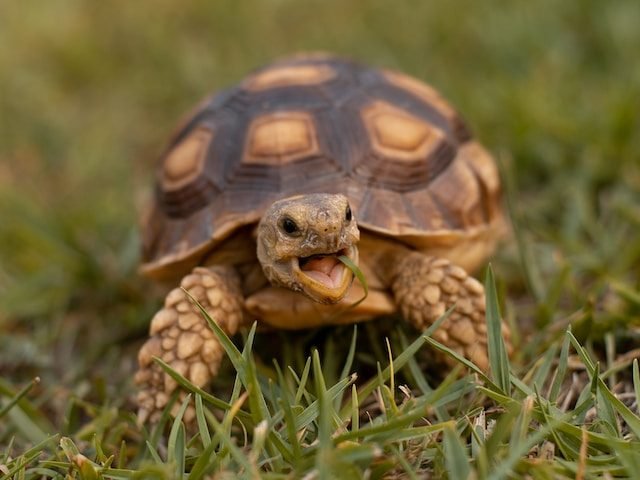
Loved for their large thick leaves, the Elephant Ear plant definitely makes a statement in every room. But because they have fewer but larger leaves, as soon as one starts to turn yellow it can be pretty worrying. There are a few reasons why Elephant Ear plants develop yellow leaves or even just a few yellow patches or spots on the leaves and it’s crucial that you diagnose the problem as early as possible. The quicker you figure out what is causing the yellow leaves on your Elephant Ear plant, the better chance you will have at successfully solving the problem and bringing your plant back to its normal self.
Overwatering is the most common cause of yellow leaves
Elephant Ear plants love moisture and need their potting mix to be somewhat moist at all times. However, there is such thing as too moist and this is where the issues begin, most commonly yellow leaves. If the soil becomes soggy and waterlogged for a long period of time, it will cause the roots to rot. This stops your Elephant Ear plant from being able to take up any water or nutrients from the soil and will turn the leaves yellow. Your plant will also start to droop down and fall off if the plant is being overwatered so watch out for those signs alongside the yellowing foilage.
You want to check the level of moisture in the soil before you make any changes to how you water your Elephant Ear plant. Carefully lift the plant out of the pot and check if there is any damage to the root system. If your Elephant Ear plant is quite mature, and you can’t or don’t want to lift it, then we recommend using a moisture meter to get an accurate moisture reading. If the soil is waterlogged then we recommend replacing it immediately. You don’t want to wait for it to dry out naturally as you risk damaging the roots and Elephant Ear even more than just the yellow leaves.
Trim away the dead roots and leaves so your Elephant Ear can begin the recovery process. It may take a few weeks before you see any sign of new growth as your Elephant Ear has gone through a lot and will be quite stressed. But give it a bit of time and with the right amount of sunlight and warmth, your Elephant Ear plant should recover fine and there shouldn’t be any more yellow leaves in sight!
Underwatering can also cause yellowing leaves – they are heavy drinkers
Although underwatering most commonly causes dry brown leaves, it can occur that it turns the leaves yellow so don’t rule it out as a possible cause. Elephant Ear plants are heavy drinkers and need some moisture level in their soil to maintain healthy growth. They won’t like it if their potting mix is bone dry for long periods of time and the leaves will start to turn brown, yellow and even fall off the plat completely.
The easiest way to tell if the yellow leaves on your Elephant Ear are caused by underwatering is to again check the soil using a moisture meter. If the soil is very dry then slowly reintroduce watering over the next few days. You don’t want to immediately drown your Elephant Ear plant as this can cause shock (which then causes more issues than only the yellow leaves) so you want to gradually water it a small amount twice a day for a few days.
Not enough sunlight
As with a lot of things in the houseplant world, too much and too little sunlight can really impact the health of your plants. Elephant Ear plants don’t grow very well in low light areas and will start to produce yellow leaves if they aren’t getting enough light.
If this is causing your Elephant Ear plant to develop yellow leaves then the fix is super easy. All you need to do is find a good spot with ample indirect sunlight and your Elephant Ear plant will get back to tip-top shape. One thing to avoid here is direct light, however. Any intense light during summer can be quite harmful to the leaves on your Elephant Ear plant and can scorch their beautiful foliage.
Your Elephant Ear Plant might be stressed or potbound
This is something that isn’t really talked about much but plants get stressed just like humans, and Elephant Ears can be especially sensitive to this sometimes. Environmental stress is caused when there is a sudden change in the environment, usually going from bone dry soil to really soggy. But this can also be the case when light levels dramatically change or when temperatures soar or drop.
It’s important to bring in any changes gradually to avoid this stress. Whilst environmental shock won’t often kill your Elephant Ear, it will result in a few yellow leaves that will eventually also fall off your plant. Using a digital thermometer, light meter and moisture meter can help you keep track of your Elephant Ear’s environment so you can respond to any major changes.
Your Elephant Ear plant might also be producing yellow leaves because it is potbound. This means that the root system has nowhere to expand to and cannot maintain the amount of healthy growth that it has. It will then shed some of the leaves, turning them yellow before they drop off the plant completely. We recommend repotting your Elephant Ear plant every couple of years so if you haven’t done this in a while, and your plant has grown a lot recently, then this might be the cause of the yellow leaves.
Those are the most common causes of yellow leaves on Elephant Ear plants. It’s important that you establish what the cause is immediately to stop the problem from progressing any further. Once you have made some changes to either the care or environment of your Elephant Ear plant, check in on it at least once a day to see if there is any more yellow foliage developing on your plant, or any other signs of distress.
To learn more about how to care for your plant, check out our Elephant Ear plant care guide.















